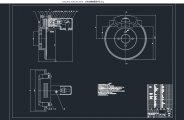乘用车液压制动特性的基础研究(含CAD图,CATIA三维图)(任务书,开题报告,外文翻译,文献摘要,论文说明书20000字,CAD图6张,CATIA三维图)
摘 要
经济技术的发展和物质水平的提高,使交通产业,特别是在国内外人民生活中最为常见的汽车产业,得到了迅猛的发展。而作为汽车产业中最贴近人民生活、使用最为普遍的则是乘用车。乘用车的大规模使用方便了乘客的出行,却也因为人—车—环境的不断变化使得安全问题屡屡出现。制动系统作为实现驾驶员停车意图,同时也是保障安全的最常用的系统,在乘用车上是极为重要的一部分。液压制动系统由于制动效能好、制动稳定、便于与其他系统或设备联合使用,目前在乘用车制动领域占据主导地位。液压制动系统大致由制动驱动机构、制动助力机构、制动执行机构三部分组成,通常还配备了防抱死制动系统ABS。Carsim作为一款汽车动力学仿真分析软件,能够实现对制动系统的研究。本文主要从液压制动系统部分特性、真空助力器和Carsim制动系统仿真进行论述,同时也附加了制动工况的研究和相关法规的理解。
关键词:液压制动系统;制动软管;需液量;真空助力器;Carsim;ABS
Abstract
With the development of economy and technology and the improvement of the material level, the transportation industry, especially the automotive industry most commonly seen in people's lives at home and abroad, has experienced rapid development. As the automobile industry, it is the passenger car that is the most popular and most commonly used. The large-scale use of passenger cars facilitates the travel of passengers. However, due to the constant changes in the human-vehicle-environment, safety issues have repeatedly arisen. The braking system is the most commonly used system to realize the driver's parking intentions and at the same time, it is an extremely important part of the passenger vehicle. Due to its good braking performance, stable braking, and ease of use in conjunction with other systems or equipment, hydraulic brake systems currently dominate the field of passenger car braking. The hydraulic brake system is roughly composed of a brake drive mechanism, a brake assist mechanism, and a brake actuator. It is usually equipped with an anti-lock brake system ABS. Carsim is a vehicle dynamics simulation analysis software that enables the study of braking systems. This article mainly discusses some characteristics of hydraulic brake system, vacuum booster and Carsim brake system simulation. At the same time, it also attaches the study of braking conditions and understanding of relevant laws and regulations.
Keywords: hydraulic brake system; brake hose; fluid requirement; vacuum booster; Carsim; ABS
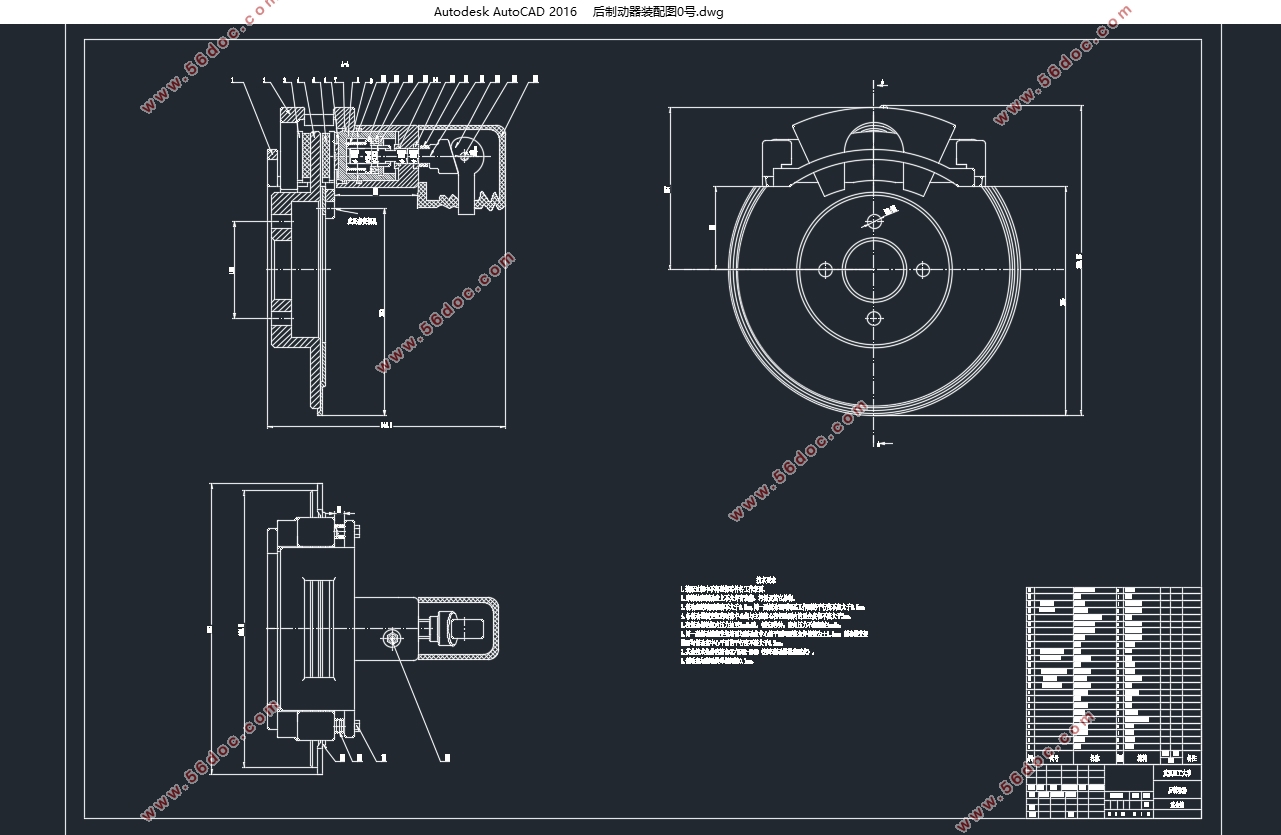
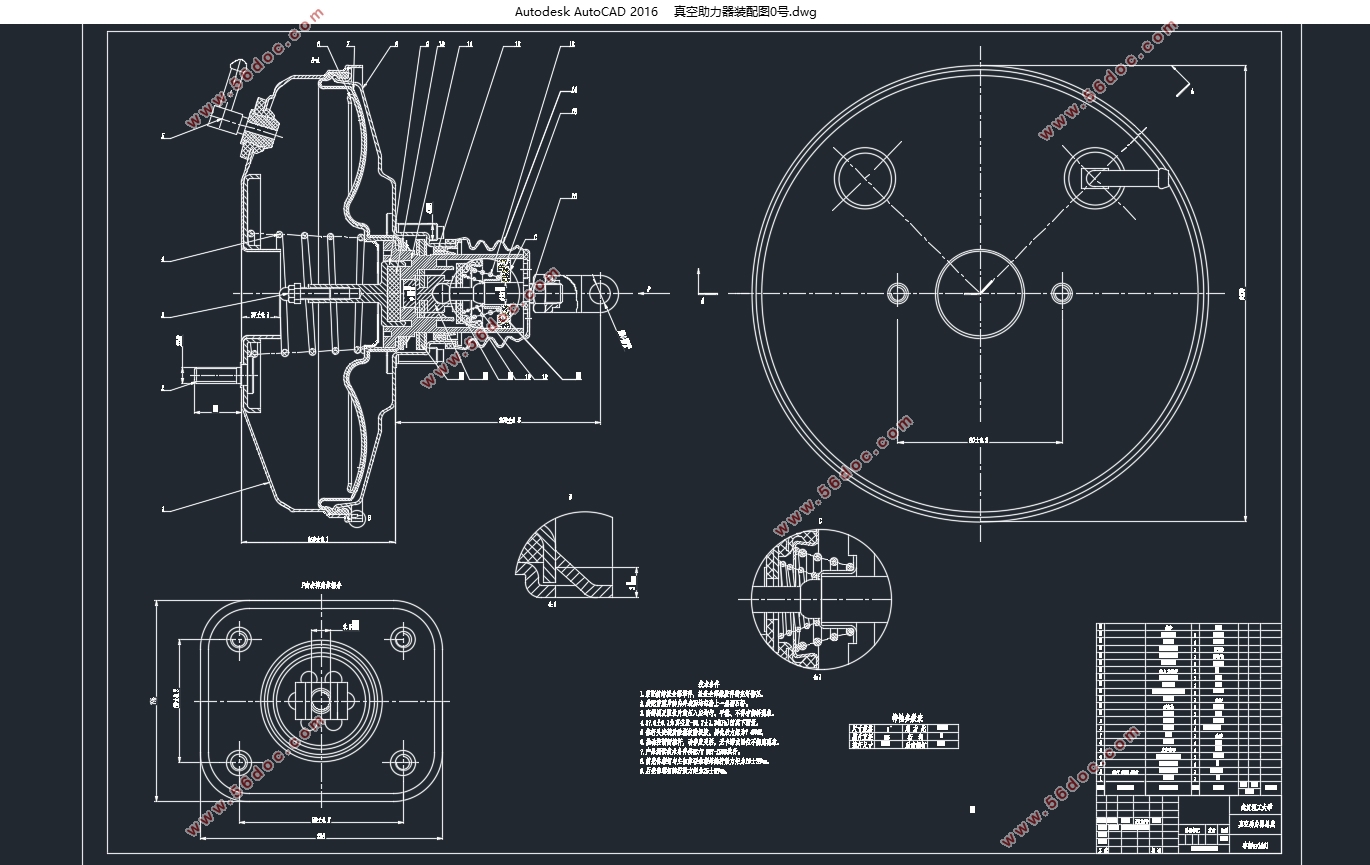
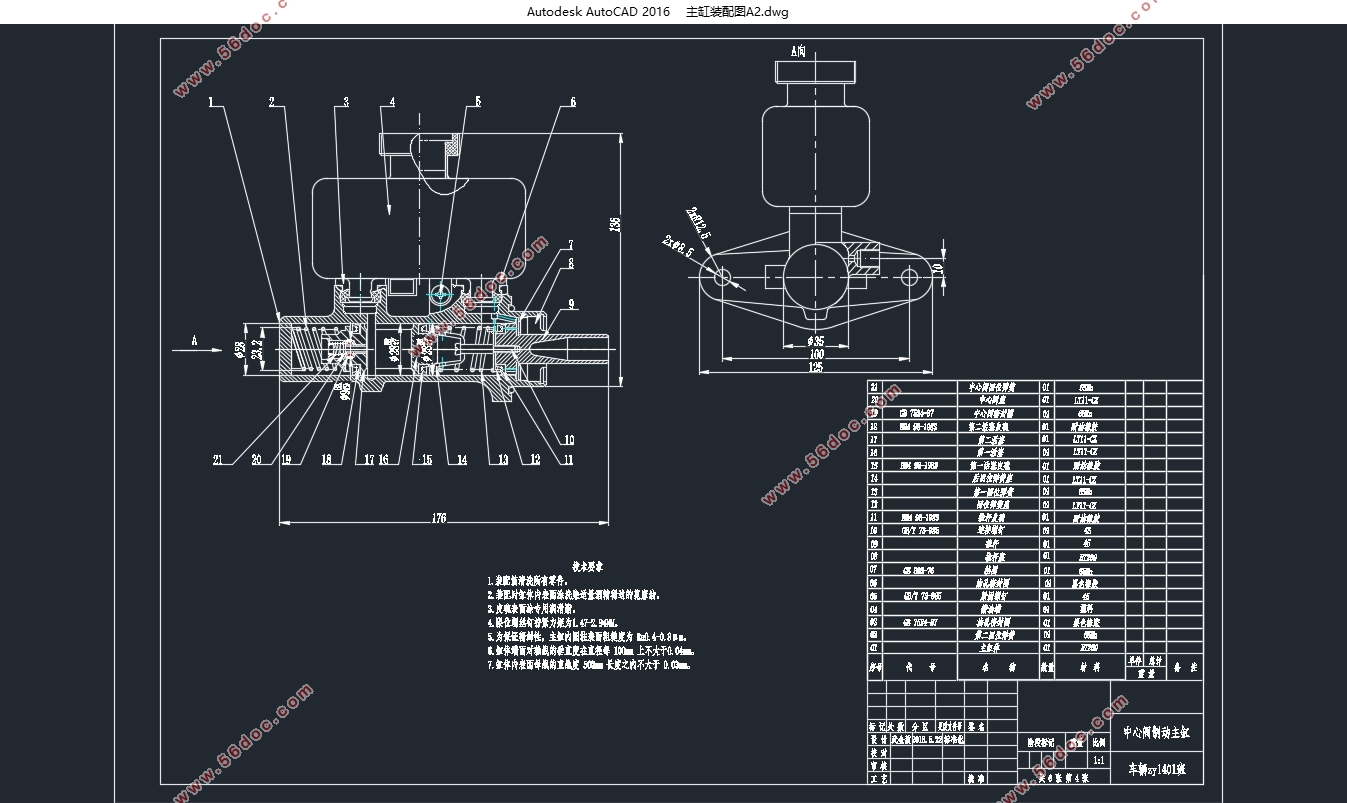
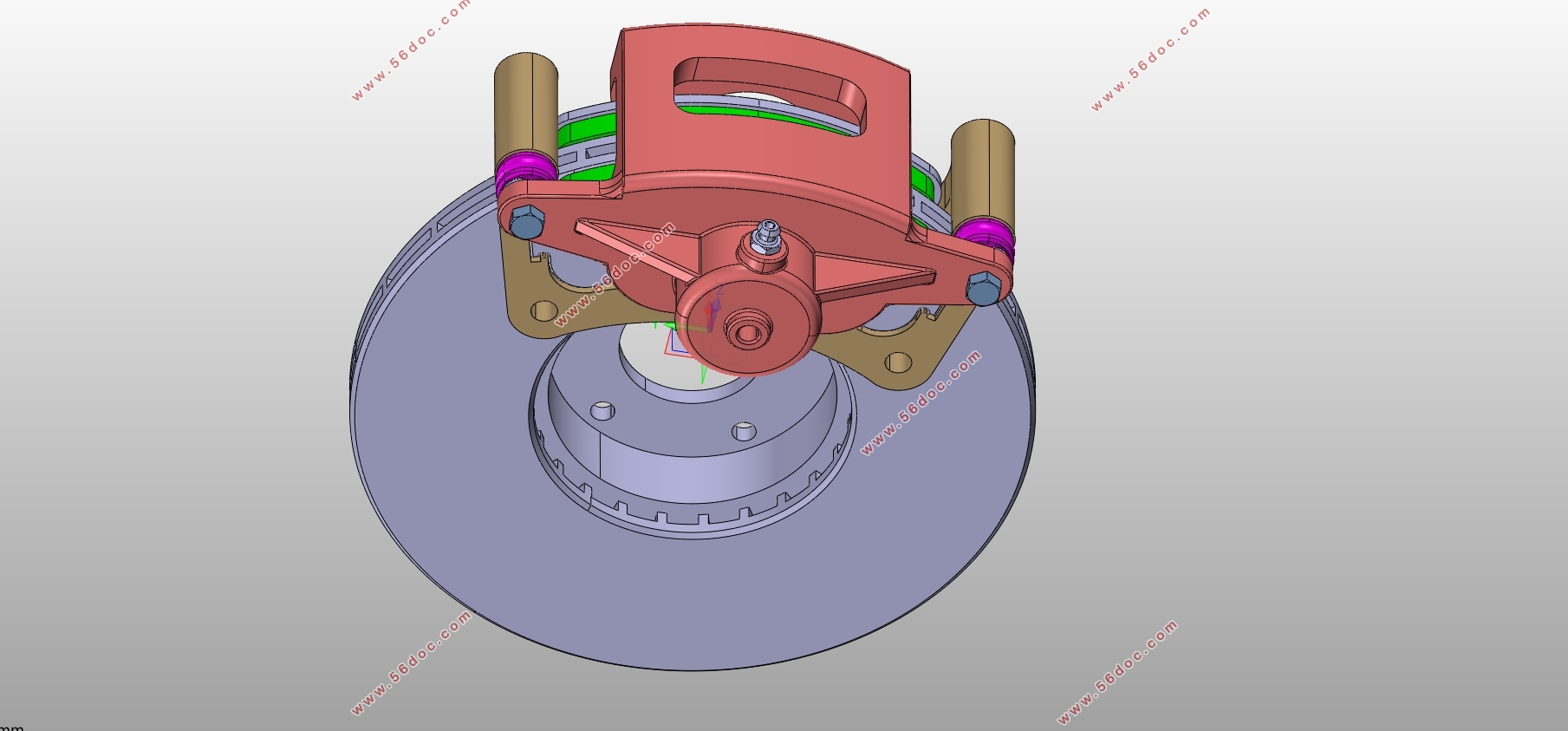
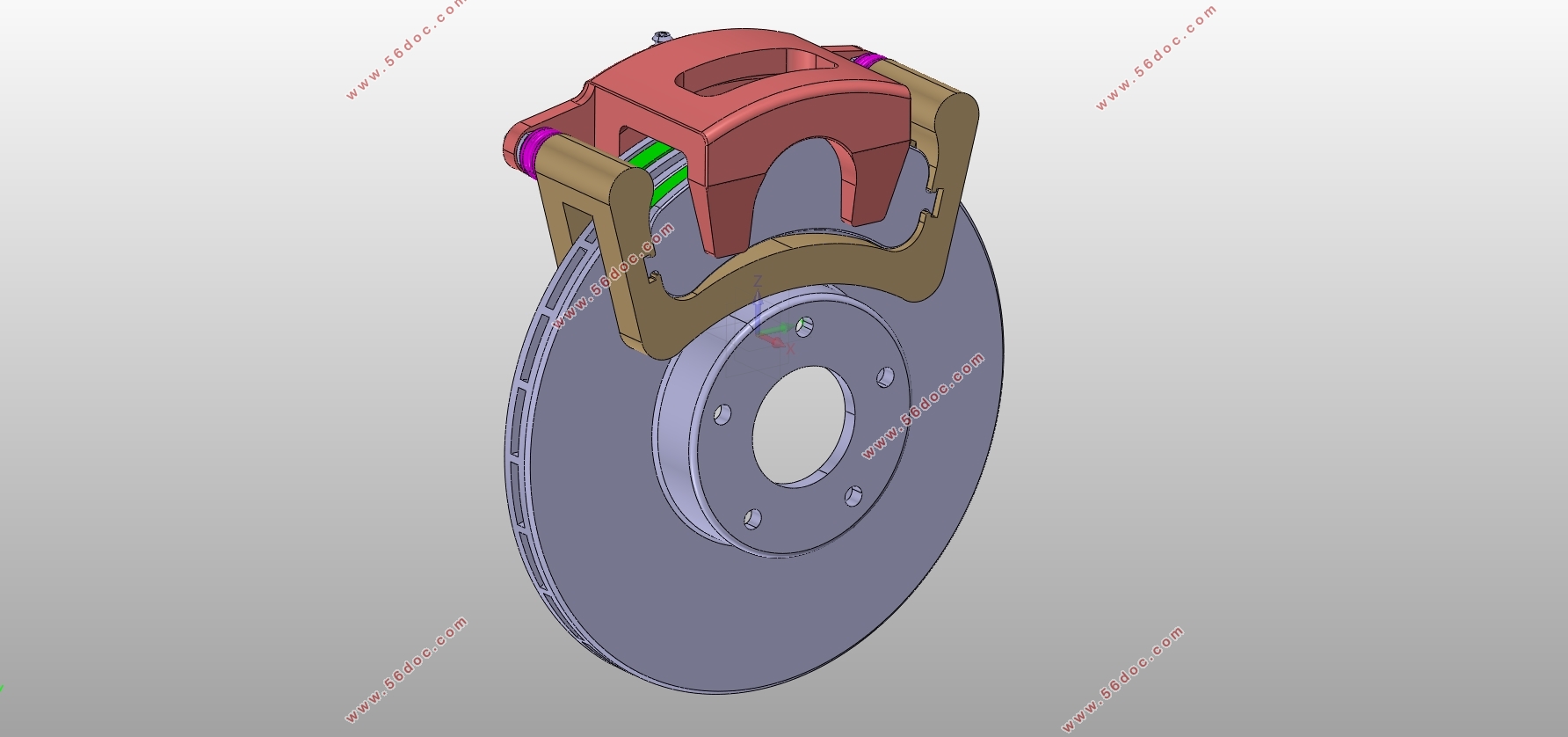
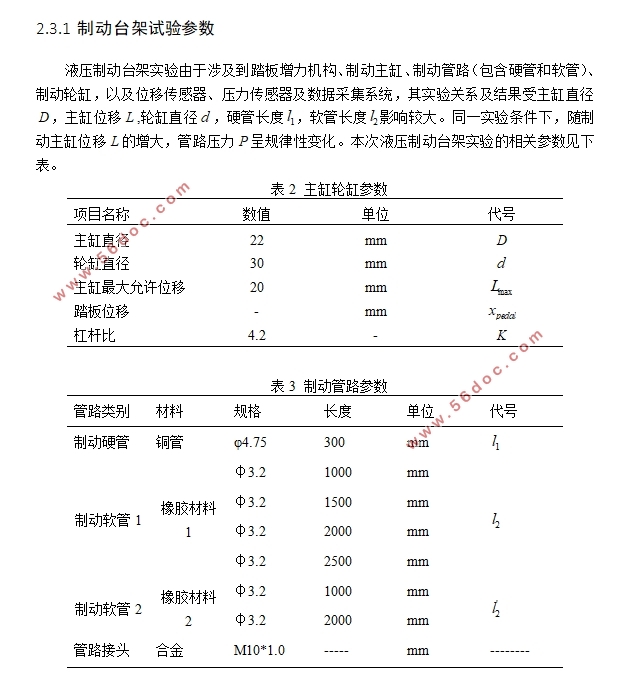

目录
第一章绪论 1
1.1 国内乘用车发展概述 1
1.2 乘用车液压制动系统概述 2
1.3 论文设计目的 3
第二章液压制动系统P-V特性研究 5
2.1 液压制动台架理论 5
2.2 液压制动台架搭建方案 6
2.2.1踏板增力机构搭建方案 6
2.2.2 增力机构及主缸固定方案 7
2.2.3管路连接方案 7
2.2.4 排气方案 8
2.2.5 台架最终形式 8
2.3 P-V特性试验分析及验证 9
2.3.1 制动台架试验参数 9
2.3.2 台架试验数据及处理 10
2.3.2.1 软管长度尺寸对建压影响及软管膨胀率验证 10
2.3.2.2 卸载轮缸时的软管建压规律验证 13
第三章真空助力器选型设计 16
3.1 真空助力器工作原理 16
3.2 基于某车型的真空助力器设计 17
3.2.1 整车参数及法规要求 17
3.2.2 真空助力器的选定 18
3.2.3 绘制真空助力器特性曲线 19
第四章汽车制动抱死工况分析及Carsim实验仿真 21
4.1 车辆制动受力模型及抱死工况分类 21
4.2 前轮先抱死工况分析 23
4.2.1 工况1 24
4.2.2 工况2 25
4.3 后轮先抱死制动工况分析 25
4.3.1 工况1 26
4.3.2 工况2 26
4.4 ABS制动法规制动特性要求 29
4.5 基于Carsim的制动系统ABS仿真研究 31
4.5.1 Carsim简介 31
4.5.2 基于carsim的制动仿真实验 32
4.5.2.1 整车参数及仿真条件 33
4.5.2.2 ABS门限值仿真 34
4.5.2.3 管路延迟影响仿真 38
4.5.2.4 比例阀转化关系调整仿真 39
总结与不足 41
参考文献 42
致谢 44
|
